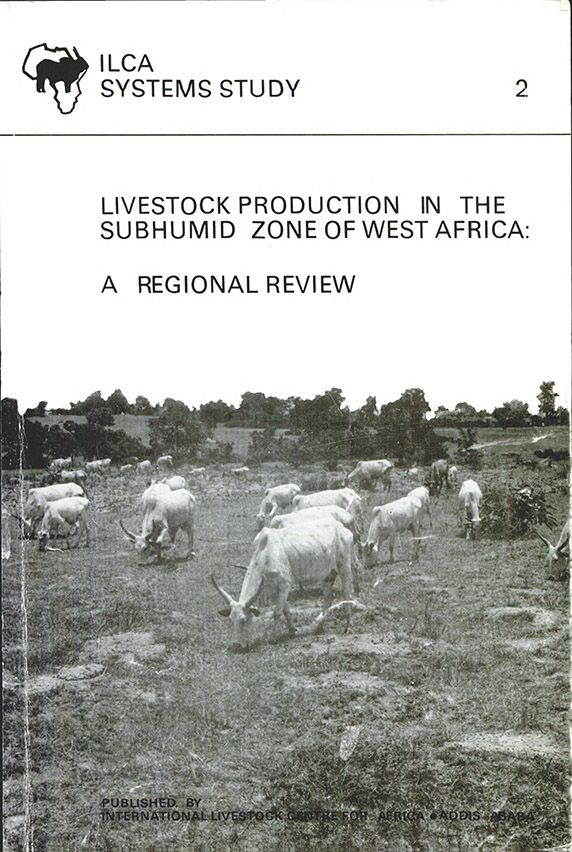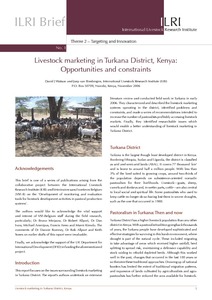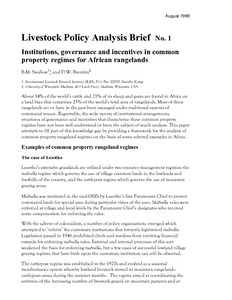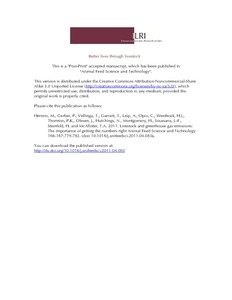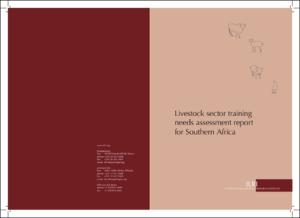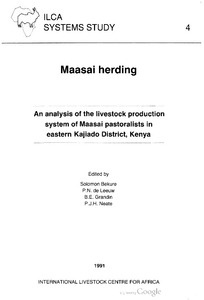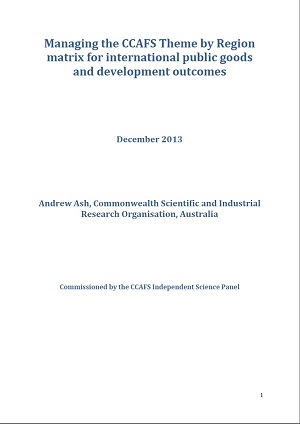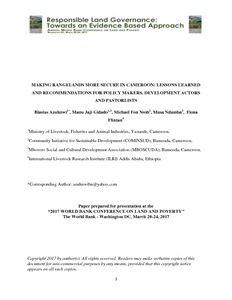Local-level appraisal of benefits and barriers affecting adoption of climate-smart agricultural practices: Curití, Colombia
Although Climate-Smart Agricultural (CSA) practices are expected to boost adaptive capacity, food security and climate change mitigation in resource poor, smallholder farming systems, the barriers that can restrict its uptake are diverse. This study investigated the barriers hindering CSA practice adoption in the Santander department of Colombia as well as farmer perceptions of practice benefits and disadvantages.


